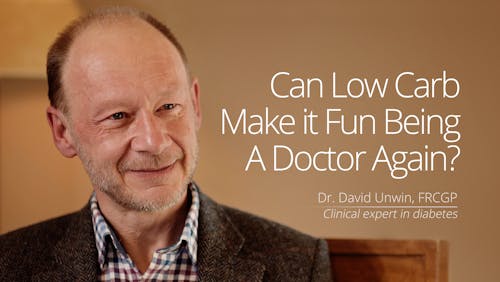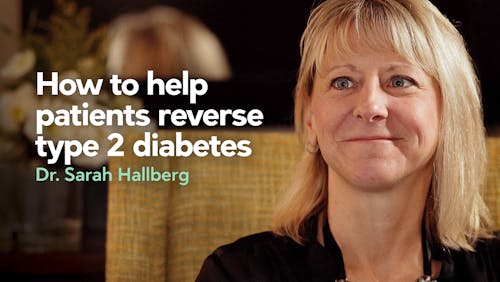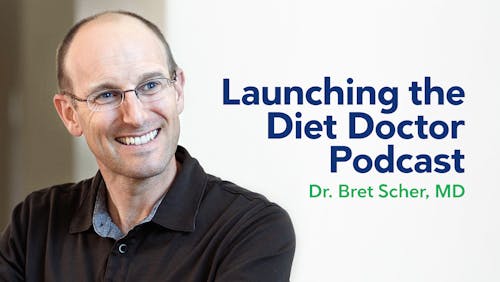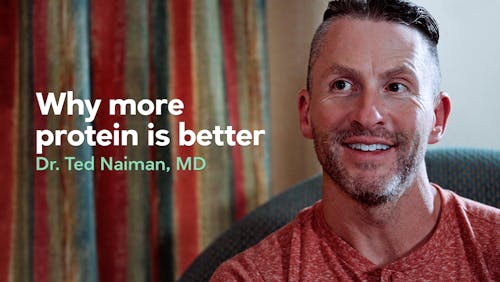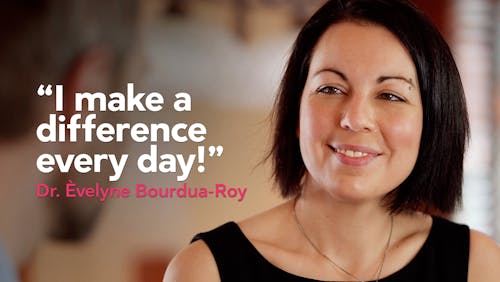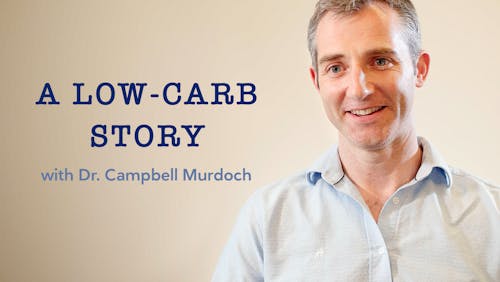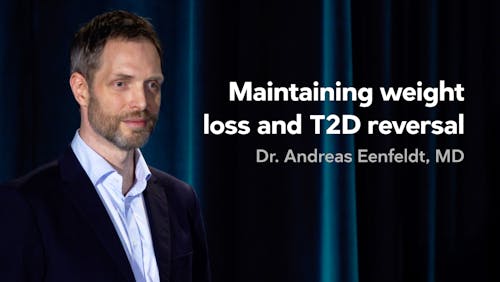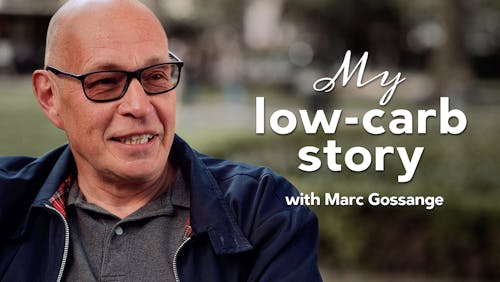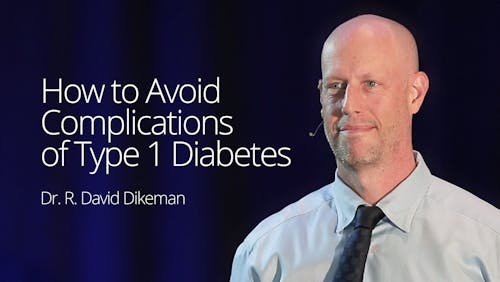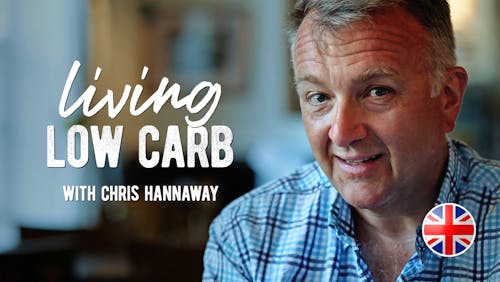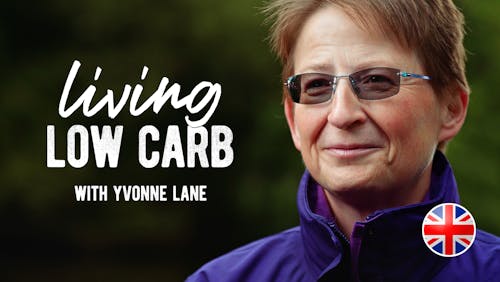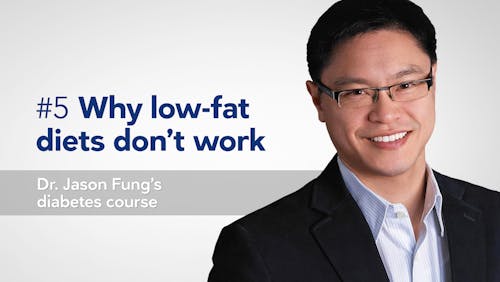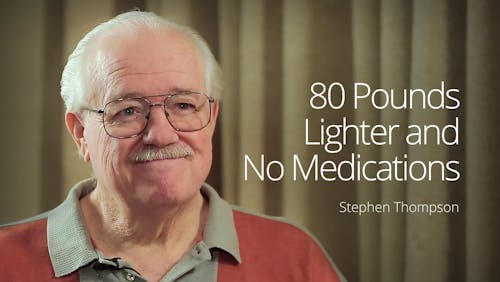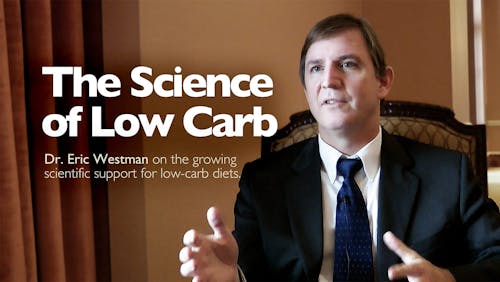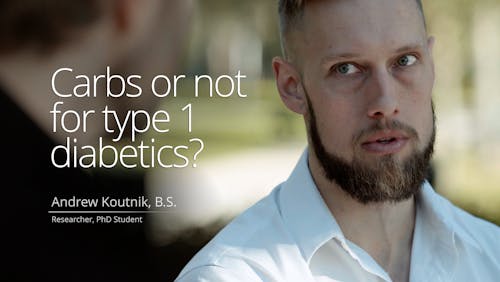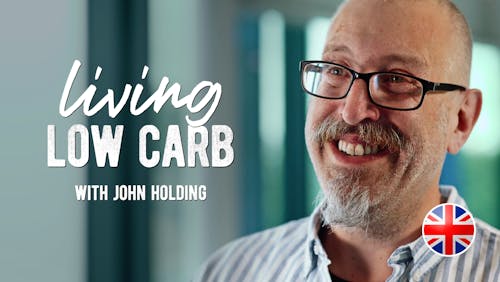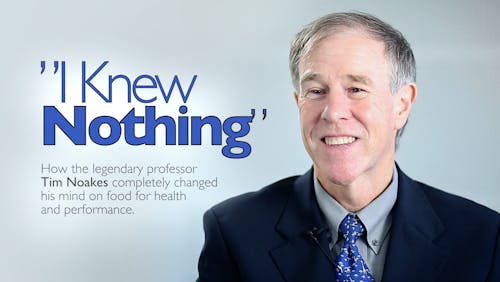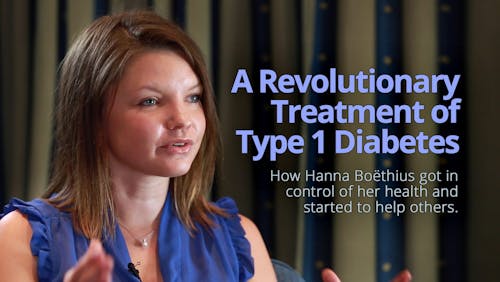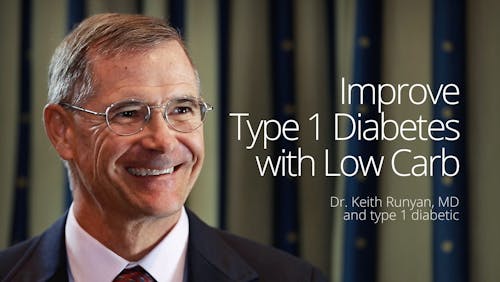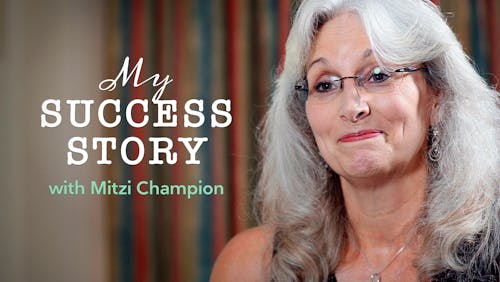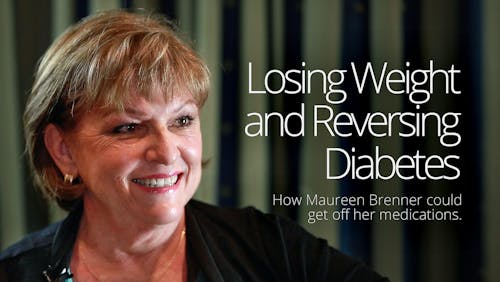A day in the life of a low-carb doctor

Dr. Christopher Stadtherr, MD, is a hospitalist physician who we just started working with. Here is his first post:
As a hospitalist physician, I have the privilege of caring for general medical patients who are admitted to the hospital. I am certainly an oddity among hospitalists (and all physicians, for that matter) for the amount of effort I put into educating my patients about managing their health conditions with nutrition, particularly in regards to diabetes. I believe strongly, however, that they deserve to be informed of the simple, non-pharmaceutical treatment options all the same.
After my own discovery of the virtues of a low-carbohydrate lifestyle, I now can’t help but to constantly recognize ways that a low-carbohydrate diet can benefit my patients, as the majority of modern disease appears to be tied to essentially one disease process – Insulin Resistance. Propelled by the landmark review article, Dietary carbohydrate restriction as the first approach in diabetes management, I worked to utilize the simple concept of carbohydrate restriction in managing diabetes in the hospital setting.
Here are a few highlights from a work day that demonstrate a variety of patients I might encounter in the hospital setting for whom a low-carbohydrate approach is appropriate.
Healing patients with carb restriction
On this particular day, I started by adjusting the diet orders on 6 of my 14 patients, mainly adding an order for carbohydrate restriction of 45 grams per meal, rather than the American Diabetes Association (ADA) standard of 60 grams per meal. [Though the ADA no longer endorses a specific diet plan or quantity of carbohydrates in the hospital setting, the standard diabetic diet in hospitals throughout the US has traditionally allowed up to 60 grams of carbs per meal.]
While this restriction is still not technically “low-carb” (<130 g carbs/day), it appears to substantially improve my patients’ glycemic control without too much negative impact on their satisfaction. Furthermore, from a safety standpoint, fewer carbs consumed means less insulin required to treat the resulting hyperglycemia (high glucose), which means less risk of hypoglycemia (low glucose) from insulin reactions. I am fortunate that the hospital has partnered with me to improve the care of diabetic patients, including the development of a “45 g carbs per meal” order option in the Electronic Medical Record. While that may sound like a small thing, I consider it a testament to the fact that carbohydrate restriction is starting to be recognized as an option for managing diabetes. Not only is improved control of diabetes in the hospital associated with better outcomes, but also good glycemic control decreases length of stay and costs of hospitalization.
Early in my day, I encountered a young woman recovering from a severe kidney infection. She was morbidly obese and had abnormalities in her labs that initially appeared to suggest alcoholic liver disease, also supported by the finding of a fatty liver. It soon became evident, however, that she actually had Non-Alcoholic Fatty Liver Disease (NAFLD). I explained the connection to dietary intake of carbohydrates, citing examples of high-carbohydrate foods to avoid, to which she replied, “All the good stuff!” Nevertheless, she is relieved and excited at the prospect of reversing this condition with a low-carbohydrate, high-fat (LCHF) diet.
Later in the morning, I encountered an elderly gentleman with type 2 diabetes and numerous other diagnoses that fall within the umbrella of Insulin Resistance – obesity, hypertension, dyslipidemia – as well as complications from diabetes. He actually initiated discussion about nutrition before I could, asking me about a commercial weight loss product for which he had seen advertisements. We spent the next 35 minutes discussing how a simple nutritional intervention (LCHF) could have a profoundly positive impact on his health, including reversal of his diabetes and all the other manifestations of the metabolic syndrome. He may have gotten more of a response than he bargained for, but he was extremely grateful that someone finally explained how a simple dietary intervention could free him from these chronic diseases and the medications he was using to treat them. “Where have you been all my life?!” he exclaimed.
In addition to several other patients with diabetes who, for various reasons, were not receptive to talk about nutrition, I admitted a teenager with Diabetic Ketoacidosis (DKA), a life-threatening complication of [typically] type 1 diabetes. He had had a complication with his insulin pump and just couldn’t recover from the several hours he went without any insulin. As he already had a good appetite by the time I saw him, I decided to ask him what he eats. “Everything,” he replied. When asked if he was familiar with the concept of a low-carbohydrate diet to reduce his need for insulin, he stated that he prefers to eat whatever he wants and then treat himself with insulin. His mom shook her head in frustration, and I reluctantly accepted defeat [for now] from this young man whose Hemoglobin A1c was nearly 12% and who will almost certainly be back another day with DKA again or a complication related to his uncontrolled diabetes.
Of my 15 patients that day, 7 of them had diabetes (1 of whom had type 1 diabetes) and 2 had pre-diabetes. As I cannot possibly spend 45 minutes with each of my patients (as I did with the diabetic gentleman), there is definitely an element of triaging my efforts to get the most bang for the buck. Admittedly, it would be far easier and less time-consuming for me to simply consult a dietitian or diabetes educator for these patients, but it would be a disservice not to share with them an intervention that is not only supported by a growing body of scientific evidence but is also safe, free, and potentially life-changing. By no fault of their own, dietitians do not discuss LCHF with diabetic patients, because their “script” is driven by the ADA’s outdated guidelines.
Not all patients are receptive to the message, but I’ve also learned not to make that assumption, for I have been surprised many times at the engaging discussions that have arisen from a simple inquiry about someone’s diet.
From my vantage point in the hospital, seeing diabetics with complications from decades of following the same ineffective dietary advice, I remain hopeful that the future of diabetes care can and will be transformed by grassroots efforts and an overwhelming cohort of patients who find revitalized health with a low-carb lifestyle.
—
Dr. Christopher Stadtherr
More
Top videos with low-carb doctors
Diabetes
Success stories
Earlier
How Low Carb Can Save Tons of Money by Reducing the Need for Medications
Virta’s Preliminary 1-Year Results: Continued Reversal of Diabetes Type 2 on a Keto Diet
About Dr. Stadtherr
He discovered the wisdom of the low-carbohydrate lifestyle after challenging the status quo of inpatient diabetes management and now employs low-carb principles to manage diabetes and other related metabolic conditions.


